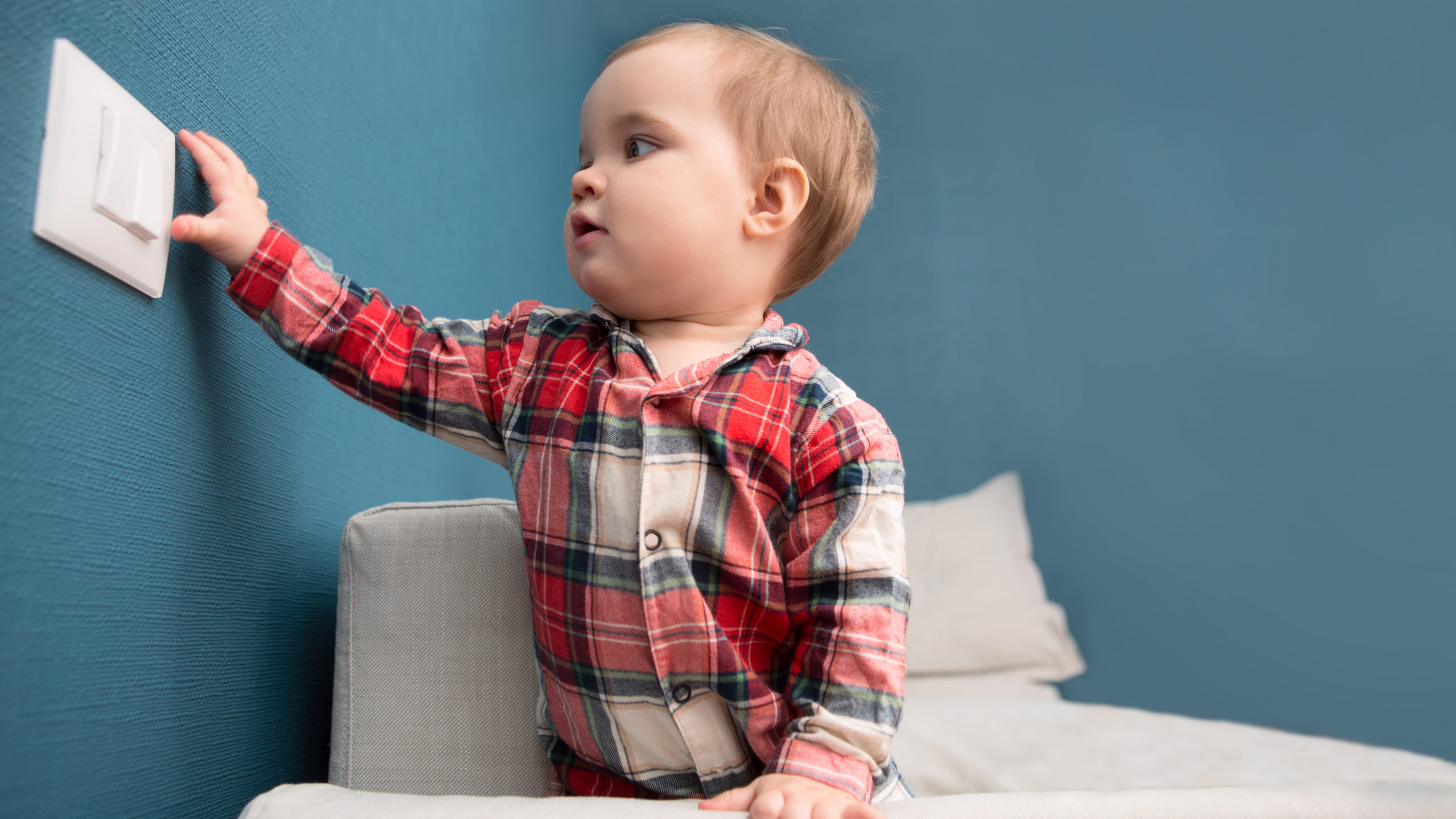
Photo: Canva
How to Keep your little ones safe at home
If you were asked to name the place where the majority of childhood injuries occur, what would your response be? You might have thought about the busy road in your neighbourhood where lots of cars pass through every day, the beach that you visit during the summer holidays that has a strong rip, or the local park where your ever fearless child tests out the limits of how high they can climb. What about your home?
Each year, over 100,000 Victorian children (aged 0-14 years) are treated in hospital as a result of unintentional injuries – the kind often referred to as accidents. The home is the most common location where these injuries occur.
Our homes are places that we feel safe and secure, however, like many environments in our world, they are often built and designed with adults in mind, meaning that there can be a range of potential injury hazards for children. Homes are an environment where children will spend the majority of their early years learning, developing, growing and playing; therefore, it is essential that we make them as safe as possible.
With the current COVID-19 situation, families will be spending more and more time at home as we all practice social distancing. Many families will also find themselves in a juggling act of working from home arrangements combined with the extra stress and responsibility of supervising and entertaining the kids, particularly with school holidays now here. This means that now is the perfect time to think about what you can do to make your home ‘Kidsafe’.
So how do you make your home ‘Kidsafe’?
The good news is that there are some simple things you can do to make your home a safer place for children. There are three main steps that Kidsafe recommends you follow:
Spot the hazards
It might sound like a weird idea, however it’s recommended to get down on your hands and knees and look at your house from your child’s perspective. You can download and print our Home Safety Checklist to help you identify potential hazards within your home and backyard.
Decide how to deal with the hazard
Depending on the hazard, this may involve removing the hazard or installing barriers to restrict children’s access to the hazard. It’s important that safety devices are never relied upon on their own to keep children safe and are always combined with appropriate supervision.
Make the changes
Act immediately – children are not protected until the changes have been made.
What are some of the hazards I should look out for?
Our Home Safety Checklist provides a comprehensive list of hazards inside and outside the home for you to check for – some of the hazards you may not have thought about before include:
- • Items like button batteries and powerful magnets – both of which can cause severe injuries and even death if ingested.
- • Loose curtain and blind cords which can pose a strangulation hazard.
- • Unsecured televisions or furniture such as drawers and bookshelves, which could tip on to a child.
- • Medications, including over the counter medications such as paracetamol, household cleaners and disinfectants, all which can pose a poisoning hazard.
- • Buckets filled with water, eskys with melted ice and even pet drinking bowls – toddlers can drown in as little as a few cm of water, which means that all of these common household items can pose a drowning hazard, along with larger bodies of water such as baths, pools and spas.
During the school holidays, you can also turn this into a fun family activity by involving older children in undertaking the safety checklist with you. This helps them become aware of hazards to take note of and actions we can take to help keep us safe.
For more information and advice on home safety, including Kidsafe WA’s Online Home Safety Demonstration House, please visit our home safety page on our website.

